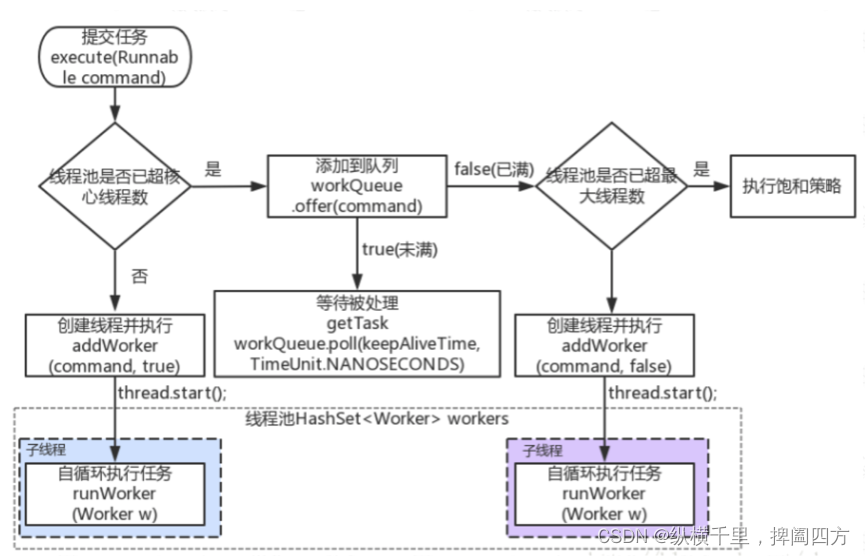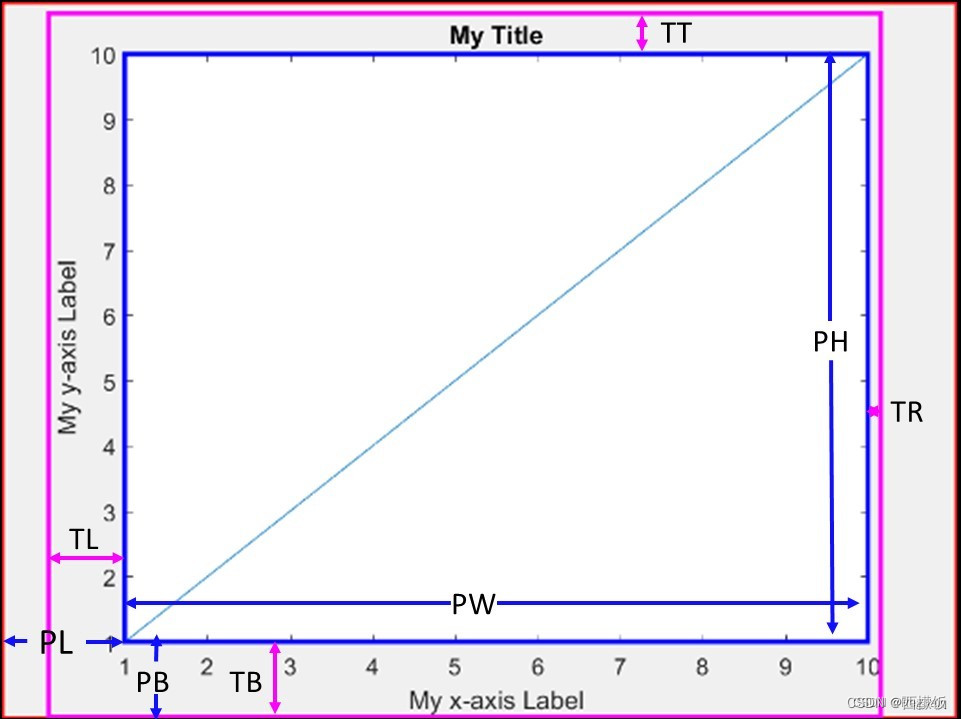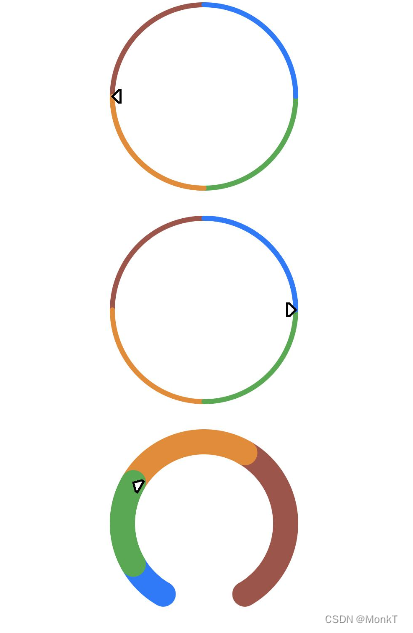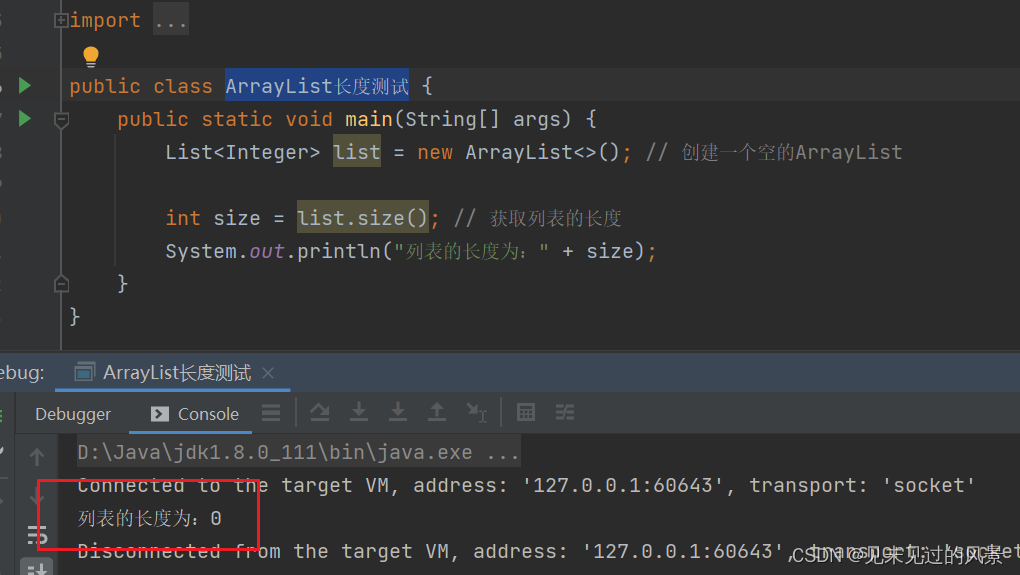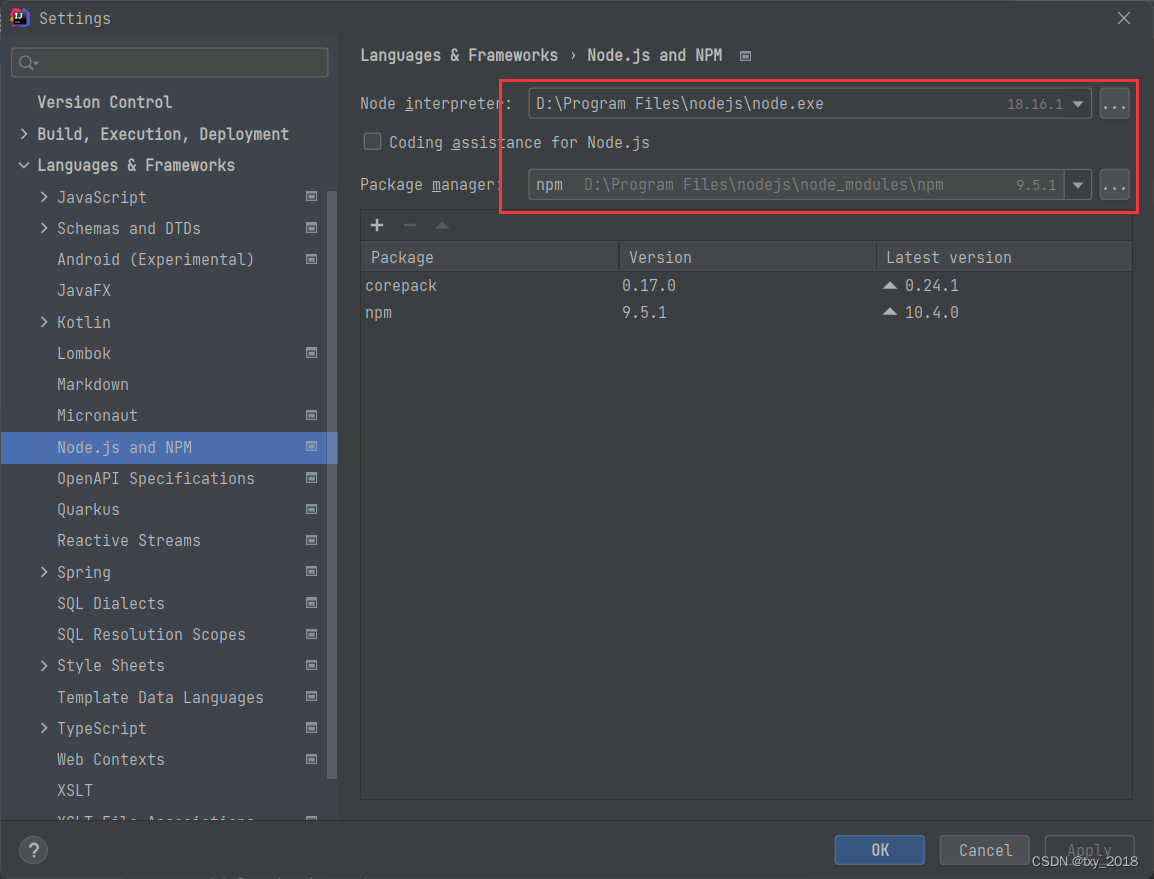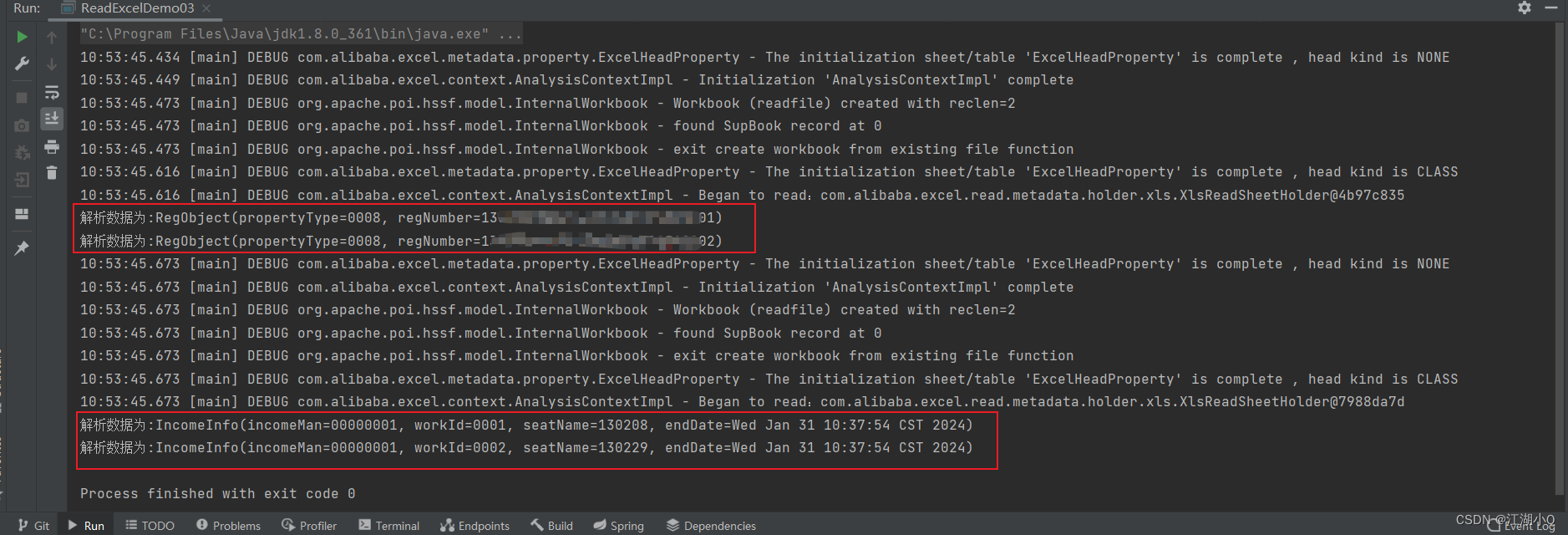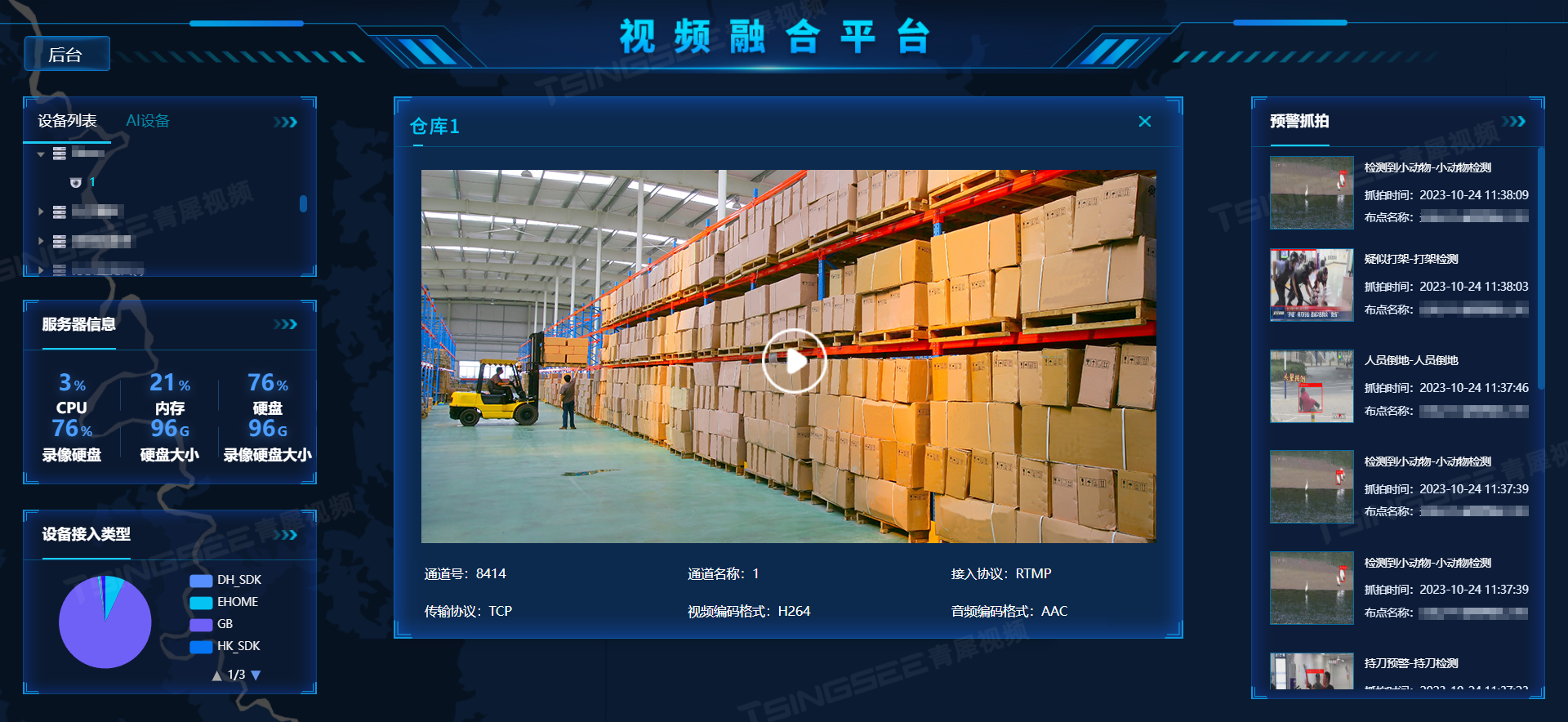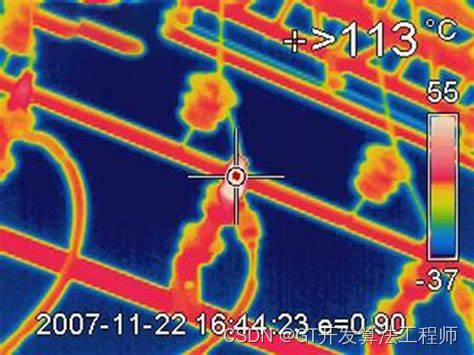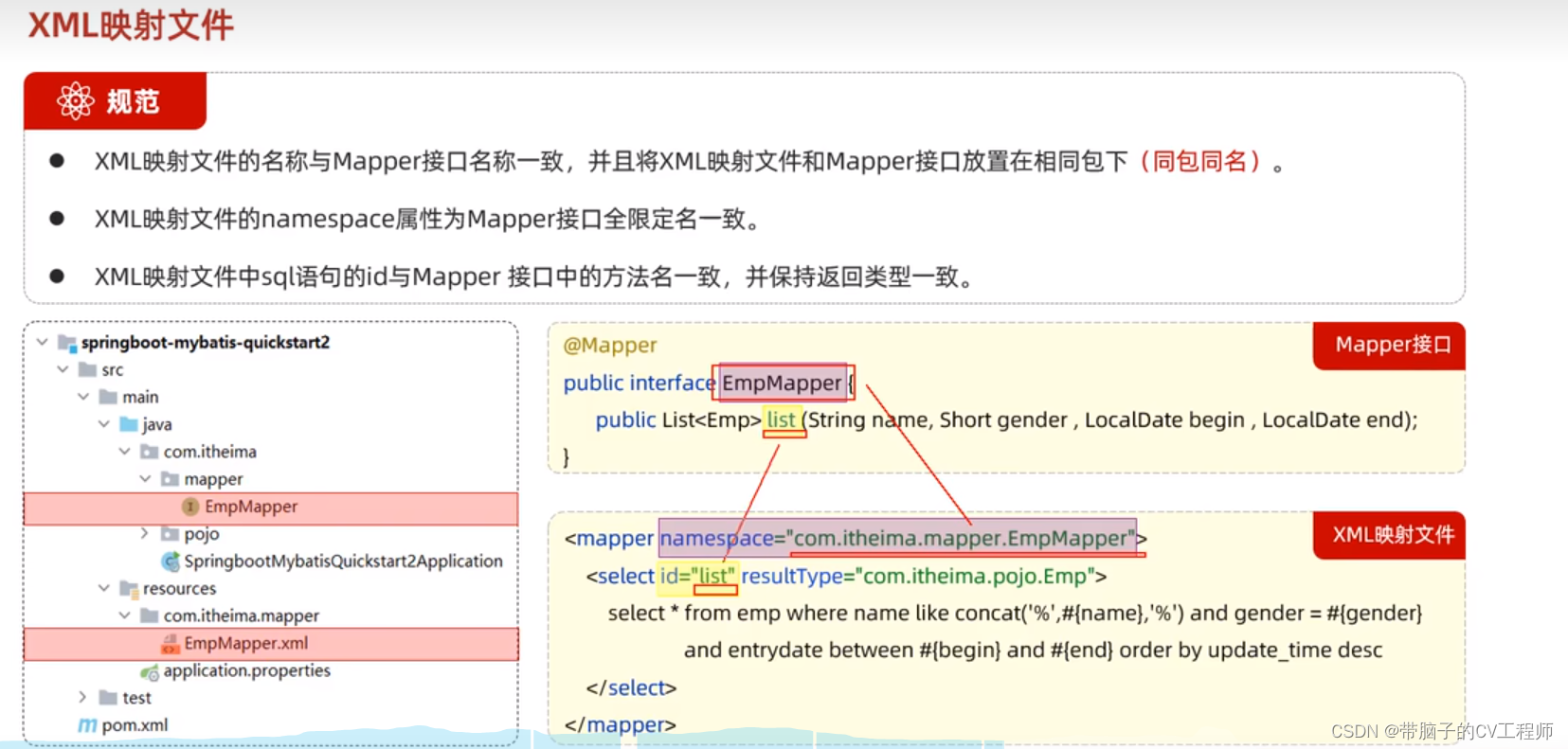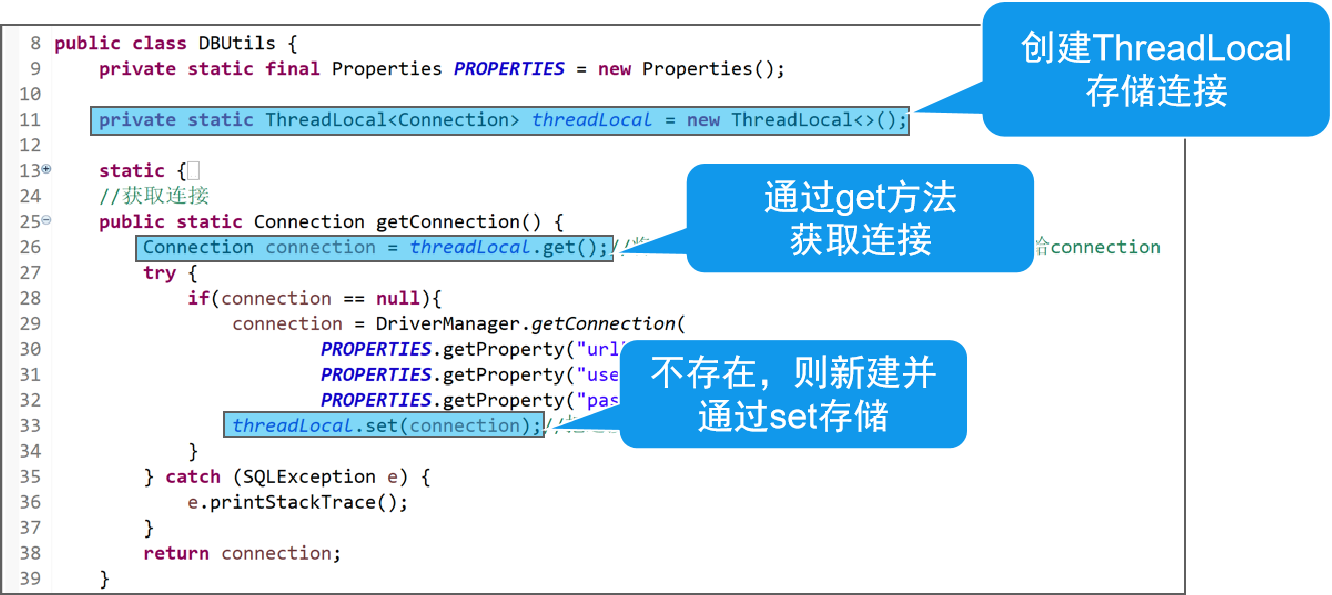torchvision.models._utils.IntermediateLayerGetter()使用
源码如下:
from collections import OrderedDict
import torch
from torch import nn
class IntermediateLayerGetter(nn.ModuleDict):
"""
Module wrapper that returns intermediate layers from a model
It has a strong assumption that the modules have been registered
into the model in the same order as they are used.
This means that one should **not** reuse the same nn.Module
twice in the forward if you want this to work.
Additionally, it is only able to query submodules that are directly
assigned to the model. So if `model` is passed, `model.feature1` can
be returned, but not `model.feature1.layer2`.
Arguments:
model (nn.Module): model on which we will extract the features
return_layers (Dict[name, new_name]): a dict containing the names
of the modules for which the activations will be returned as
the key of the dict, and the value of the dict is the name
of the returned activation (which the user can specify).
def __init__(self, model, return_layers):
if not set(return_layers).issubset([name for name, _ in model.named_children()]):
raise ValueError("return_layers are not present in model")
orig_return_layers = return_layers
return_layers = {k: v for k, v in return_layers.items()}
layers = OrderedDict()
for name, module in model.named_children():
layers[name] = module
if name in return_layers:
del return_layers[name]
if not return_layers:
break
super(IntermediateLayerGetter, self).__init__(layers)
self.return_layers = orig_return_layers
def forward(self, x):
out = OrderedDict()
for name, module in self.named_children():
x = module(x)
if name in self.return_layers:
out_name = self.return_layers[name]
out[out_name] = x
return out
传入参数:
model:输入是我们要提取中间层特征的模型
return_layers:返回层是返回一个字典,是对应的层名与对应的特征
原理举例:
这里引入pytorch中的ResNet18模型打印各层结构
import torchvision
m = torchvision.models.resnet18(pretrained=False)
print(m)
输入如下:
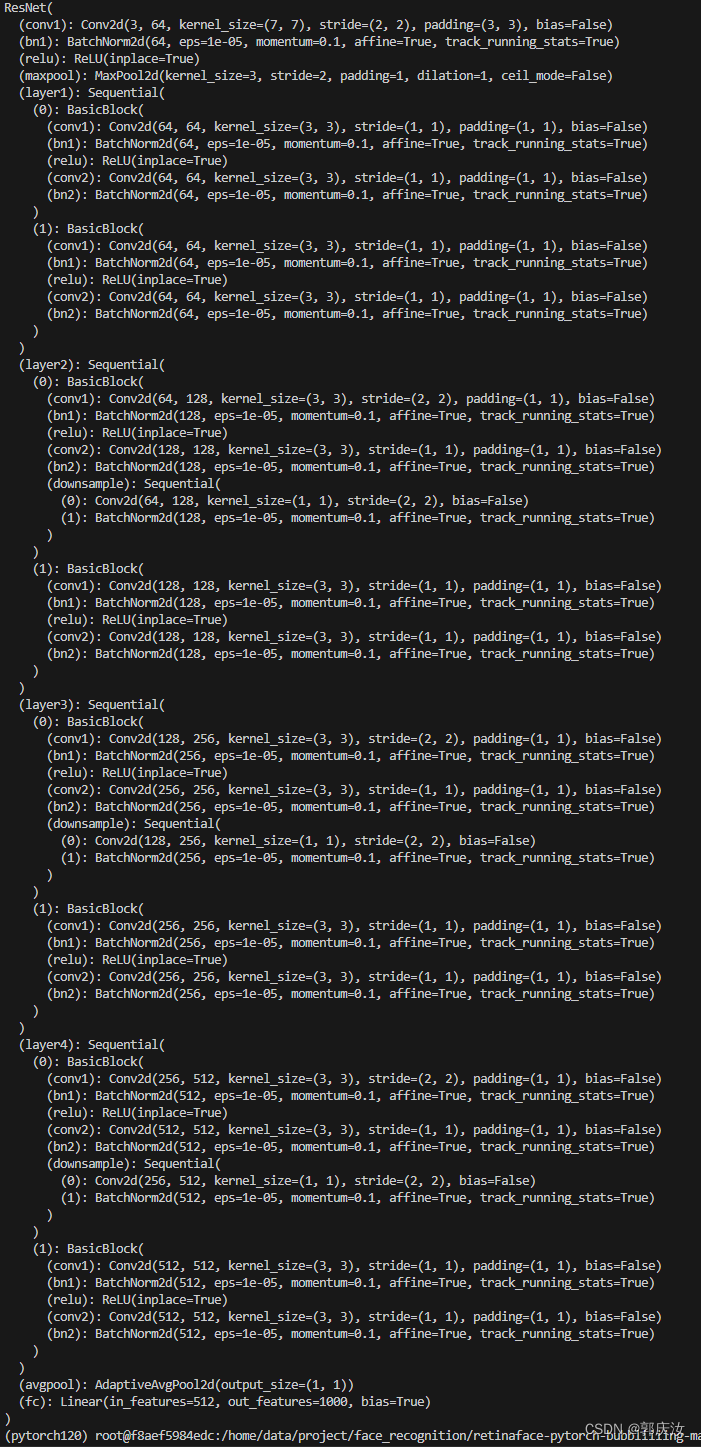
m = torchvision.models.resnet18(pretrained=True)
# extract layer1 and layer3, giving as names `feat1` and feat2`
new_m = torchvision.models._utils.IntermediateLayerGetter(m,{'layer1': 'feat1', 'layer3': 'feat2'})
out = new_m(torch.rand(1, 3, 224, 224))
print([(k, v.shape) for k, v in out.items()])
输出结果如下:

